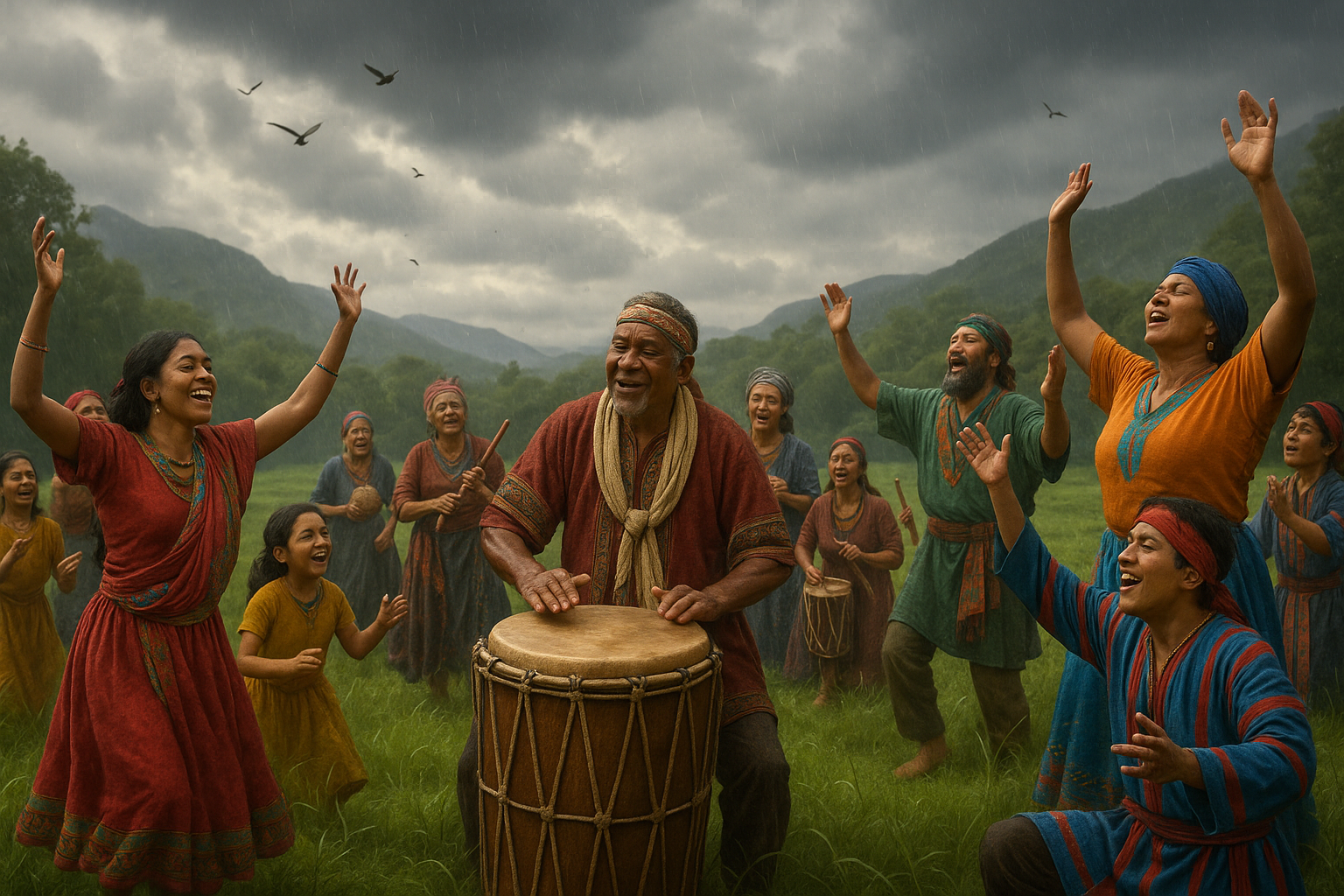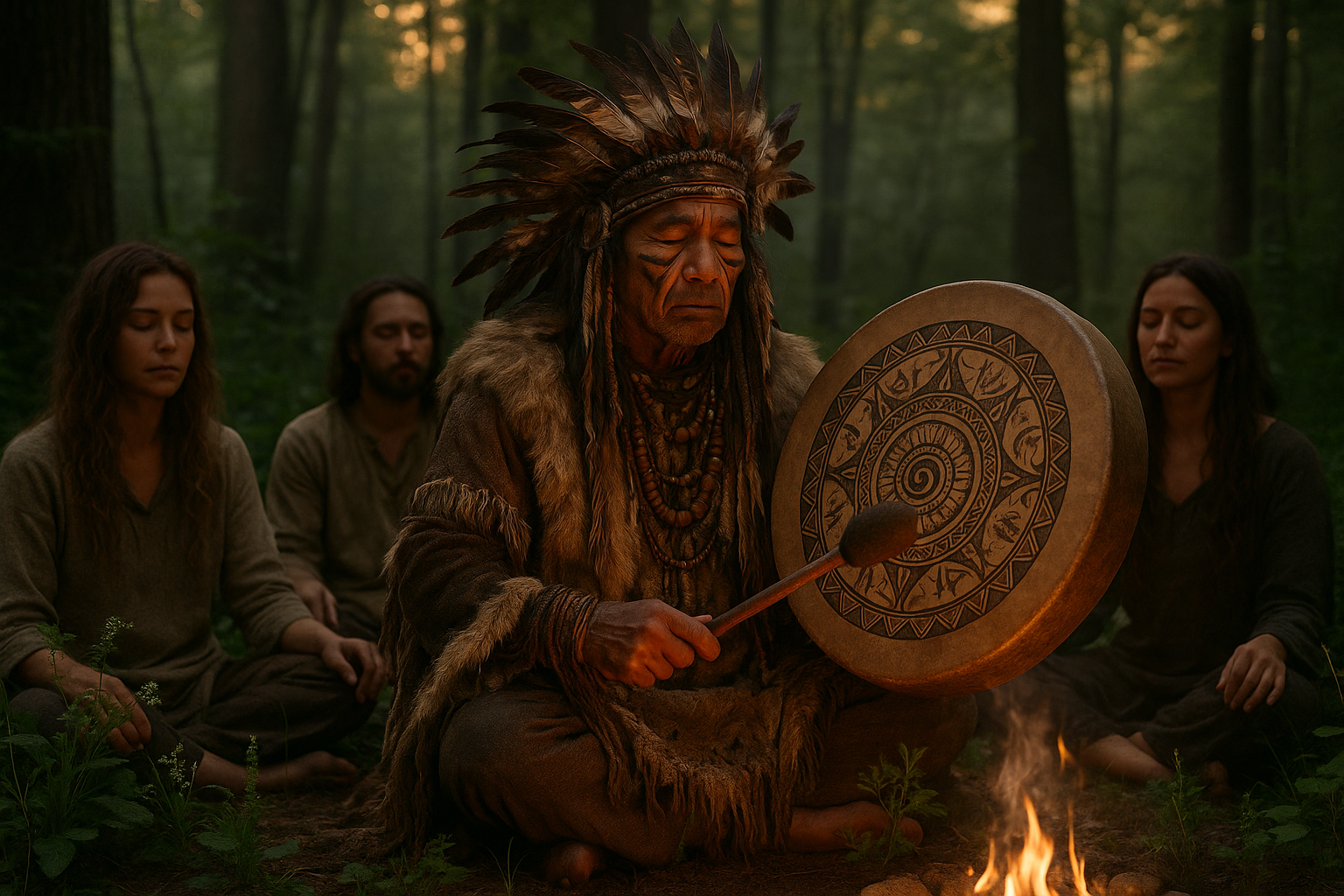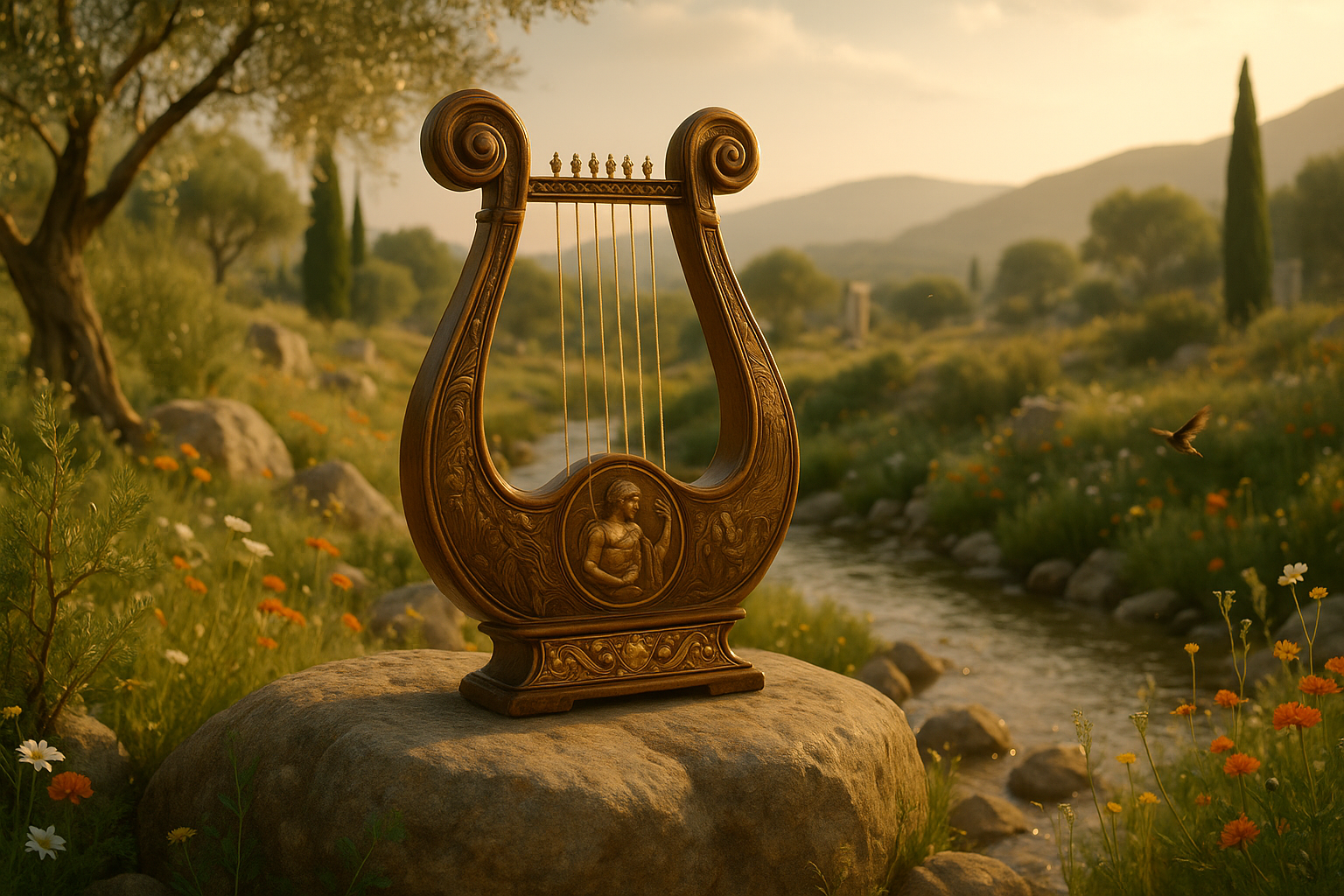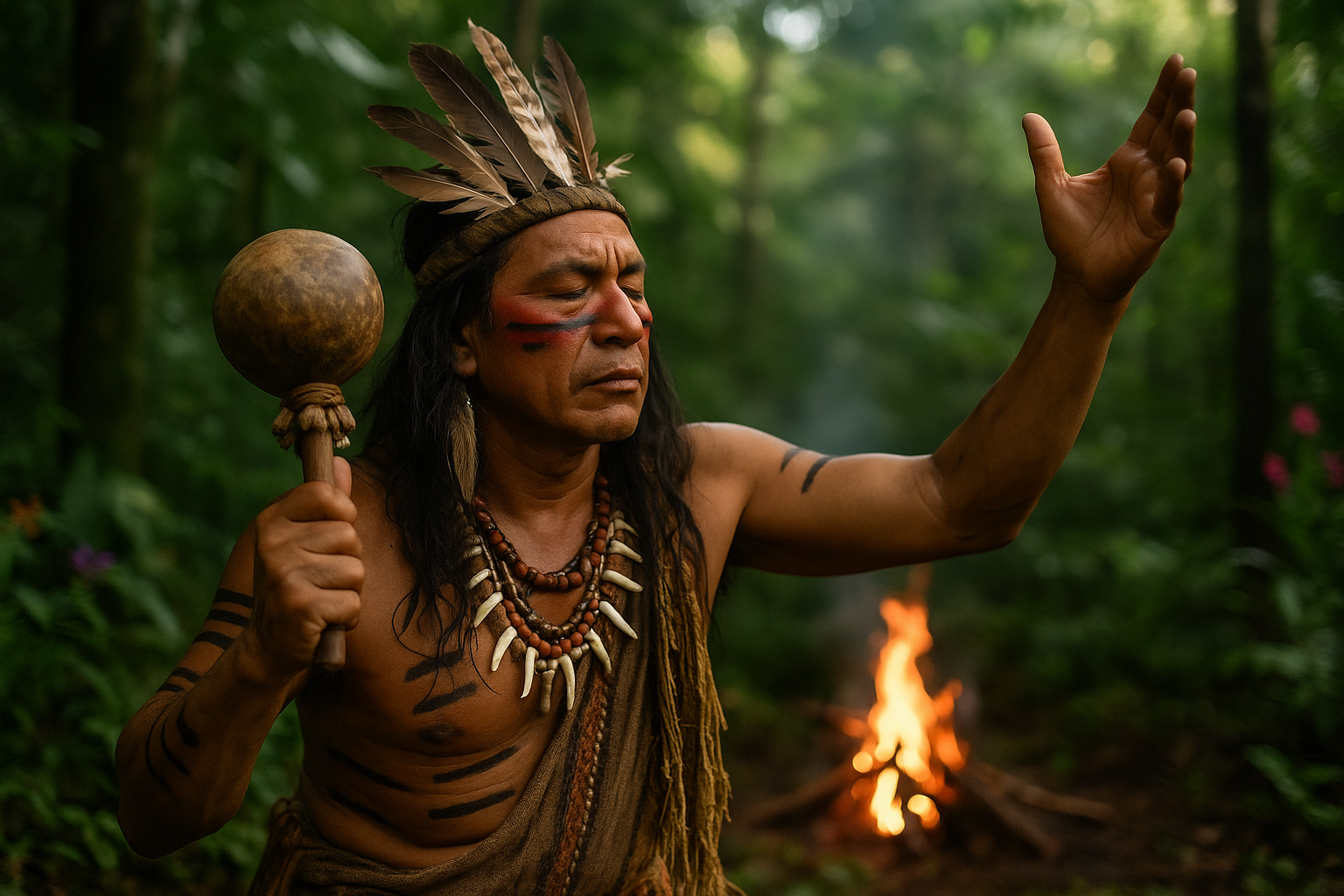Imagine a world where you could summon the rain with just a melody. 🌧️ Throughout history, music has been a powerful tool, transcending barriers and connecting us with the natural world. In many cultures, rain dances and songs have been a part of ceremonies and traditions, aiming to invoke the rain gods and bring much-needed precipitation. But what if we told you that you don’t have to belong to an ancient tribe to tap into this mystical power?
Welcome to the captivating world of rainmaking through music. In this exploration, we’ll uncover the magic behind songs that are believed to summon rain, delving into their cultural significance and the science that might just explain their effectiveness. From the rhythmic drumbeats of Native American tribes to the melodic chants of African communities, each song tells a story and carries a purpose.
Why does this matter in today’s world? With climate change leading to unpredictable weather patterns and droughts affecting communities globally, the ancient art of rainmaking is gaining renewed interest. While science and technology offer solutions, there is something profoundly human and hopeful about turning to music—a universal language—to seek harmony with nature.
In this blog post, we will journey through the cultural landscapes where these rain songs originated. We’ll explore the stories behind them and the communities that continue to honor these traditions. Moreover, we’ll investigate whether there’s any scientific basis to the notion that music can influence weather patterns. Can sound waves really affect the atmosphere, or is it all a beautiful myth? 🌍
The Cultural Tapestry of Rainmaking Songs
Our first stop is among the Native American tribes, where rain dances are as varied as the tribes themselves. Each has its unique style, rhythm, and purpose. From the Hopi to the Cherokee, these dances are performed with intricate costumes, vibrant colors, and a deep spiritual connection to the earth.
Crossing continents, we arrive in Africa, where music and rainmaking rituals are woven into the fabric of daily life. In countries like Uganda and Burkina Faso, rain songs are a blend of vocal harmonies and percussion, serving both as a plea to the gods and a reminder of the community’s resilience.
As we continue our exploration, we’ll look at how these traditions have evolved and been preserved over time. Modern artists and musicians are increasingly drawing inspiration from these ancient practices, infusing them into contemporary music genres to raise awareness about environmental issues and the importance of preserving our natural resources.
Can Science Explain the Magic?
While the cultural significance of rainmaking songs is undeniable, the question remains: can music really influence the weather? To address this, we’ll dive into the world of acoustics and meteorology. Sound waves, after all, are vibrations, and vibrations have the potential to impact the physical environment.
We’ll explore studies that examine the effects of sound on cloud formation and precipitation. Although the idea of music summoning rain might seem far-fetched, it’s a fascinating field of study that blurs the lines between art and science.
Furthermore, we’ll discuss the psychological impact of these songs. Music has the power to alter our mood and perception, creating a sense of hope and anticipation, which is often a crucial element in communities facing environmental challenges.
The Modern Resurgence of Rainmaking Rituals
As we conclude, we’ll look at how rainmaking songs are making a comeback in modern times. With a growing awareness of climate change and a desire to reconnect with nature, many people are turning to these ancient practices for inspiration and solace.
We’ll showcase examples of musicians who are incorporating rainmaking elements into their work, sparking conversations about sustainability and our role as stewards of the Earth. Whether it’s through music festivals, educational programs, or online platforms, the spirit of rainmaking is alive and well in the 21st century.
So, are you ready to unlock the power of music and join the ranks of those who have danced and sung for rain through the ages? As we embark on this journey, prepare to be enchanted by the melodies, rhythms, and stories that have echoed through time, calling forth the rain and connecting us to something greater than ourselves. 🎶

Conclusion
In exploring the fascinating intersection of music and meteorology, our journey through “Rain Dance: Unlock the Power of Music with These Songs for Rainmaking” has unveiled the rich tapestry of cultural practices and scientific inquiries surrounding the concept of rainmaking through music. From ancient rituals to modern interpretations, the powerful relationship between rhythm, sound, and nature has captivated human imagination and scientific curiosity alike.
Throughout the article, we delved into the historical significance of rain dances in various cultures, highlighting how indigenous communities have long relied on these rituals to invoke rain and ensure the fertility of their lands. These practices underscore the deep connection between humans and nature, reminding us of our dependency on the natural world and our efforts to live in harmony with it.
We also explored the role of specific musical elements in rainmaking songs, such as rhythm, tempo, and instrumentation. The use of drums, chants, and repetitive patterns not only enhances the ceremonial aspect of these rituals but also serves to align human intention with the forces of nature. Music, in this context, becomes a medium of communication, a bridge between the earthly and the divine.
Furthermore, the article touched upon modern scientific studies that investigate the psychological and physiological effects of music on weather perception and emotional states. While the idea of influencing weather through music remains largely symbolic, these studies reveal intriguing insights into how sound can alter human experience and perception, creating a sense of connection with the environment. 🌧️
The importance of this theme lies not only in its cultural and scientific dimensions but also in its ability to inspire a sense of wonder and curiosity. It invites us to reflect on the ways in which we engage with the world around us and encourages us to appreciate the beauty and complexity of the natural phenomena that sustain life on Earth.
As we conclude this exploration, it is essential to acknowledge the power of music as a universal language that transcends cultural and geographical boundaries. Whether through traditional rain dances or contemporary musical compositions, the ability of music to evoke emotion, foster community, and connect us to the natural world is profound and enduring.
We encourage you, dear reader, to carry forward the insights gained from this article. Consider how you might incorporate music into your own practices of mindfulness and connection with nature. Share these stories and songs with others, and perhaps create your own rainmaking playlist as a tribute to the intricate dance between sound and environment. 🎶
Feel free to leave a comment below sharing your thoughts or experiences with music and nature. Your insights are invaluable to fostering a community of engaged and curious minds. Additionally, don’t hesitate to share this article with friends and family who might be intrigued by the enchanting world of rainmaking music.
Together, let us celebrate the harmonious relationship between music and nature, and continue to explore the myriad ways in which sound can enrich our lives and deepen our understanding of the world. 🌿
For further reading on the intersection of music, culture, and nature, you can explore articles from reputable sources such as [Smithsonian Magazine](https://www.smithsonianmag.com/) and [National Geographic](https://www.nationalgeographic.com/). These platforms offer a wealth of information on the cultural practices and scientific studies that continue to shape our understanding of music’s role in the natural world.
Thank you for joining us on this journey. May the rhythms of the earth continue to inspire and guide you in your explorations of the world. ✨
Toni Santos is a cultural storyteller and food history researcher devoted to reviving the hidden narratives of ancestral food rituals and forgotten cuisines. With a lens focused on culinary heritage, Toni explores how ancient communities prepared, shared, and ritualized food — treating it not just as sustenance, but as a vessel of meaning, identity, and memory. Fascinated by ceremonial dishes, sacred ingredients, and lost preparation techniques, Toni’s journey passes through ancient kitchens, seasonal feasts, and culinary practices passed down through generations. Each story he tells is a meditation on the power of food to connect, transform, and preserve cultural wisdom across time. Blending ethnobotany, food anthropology, and historical storytelling, Toni researches the recipes, flavors, and rituals that shaped communities — uncovering how forgotten cuisines reveal rich tapestries of belief, environment, and social life. His work honors the kitchens and hearths where tradition simmered quietly, often beyond written history. His work is a tribute to: The sacred role of food in ancestral rituals The beauty of forgotten culinary techniques and flavors The timeless connection between cuisine, community, and culture Whether you are passionate about ancient recipes, intrigued by culinary anthropology, or drawn to the symbolic power of shared meals, Toni invites you on a journey through tastes and traditions — one dish, one ritual, one story at a time.




